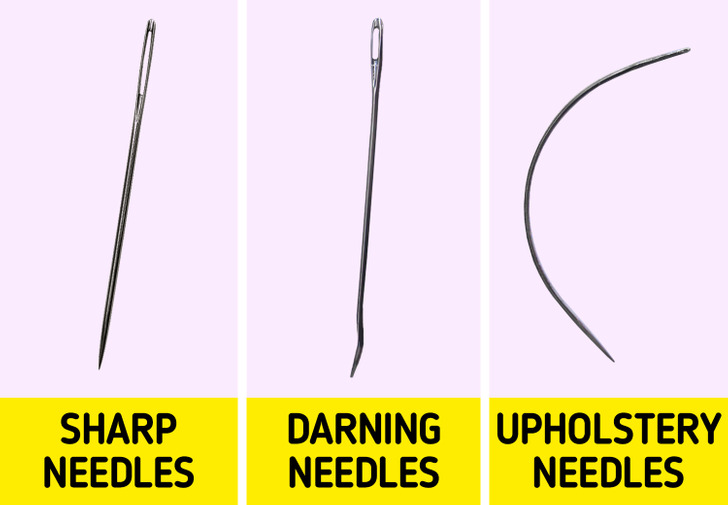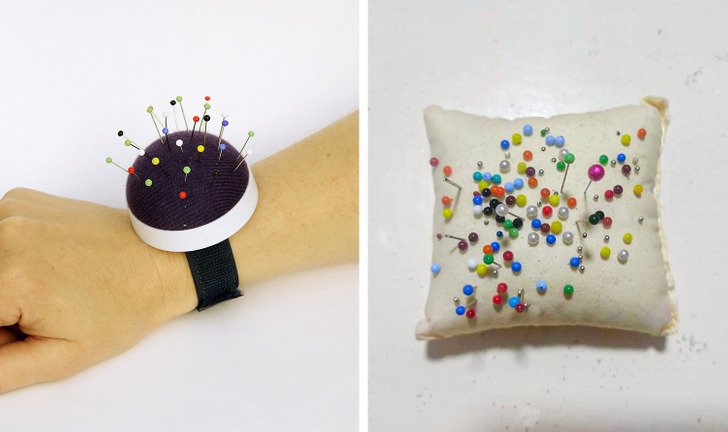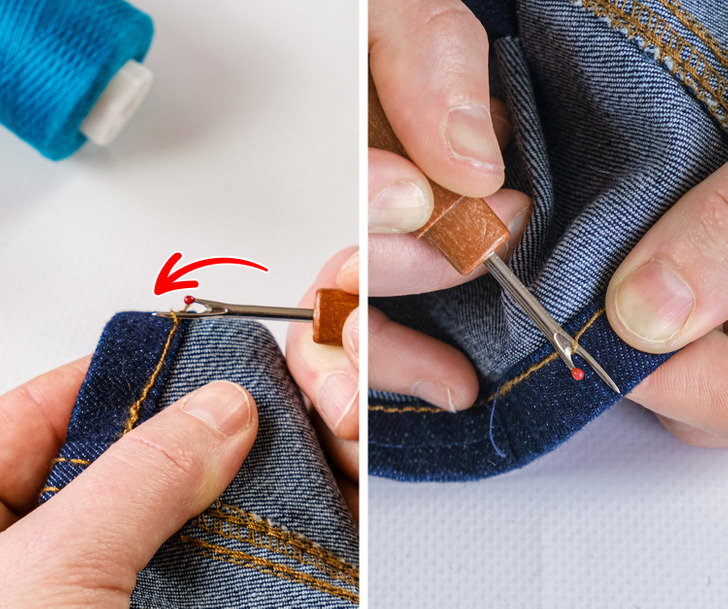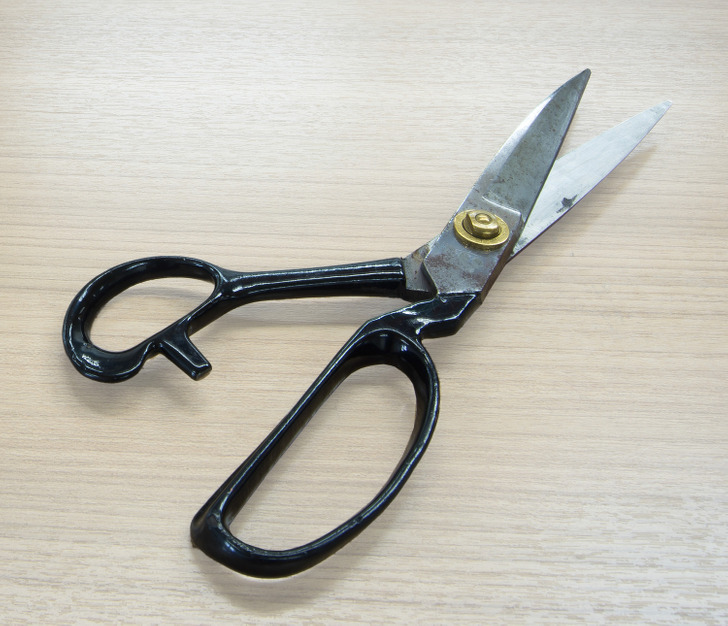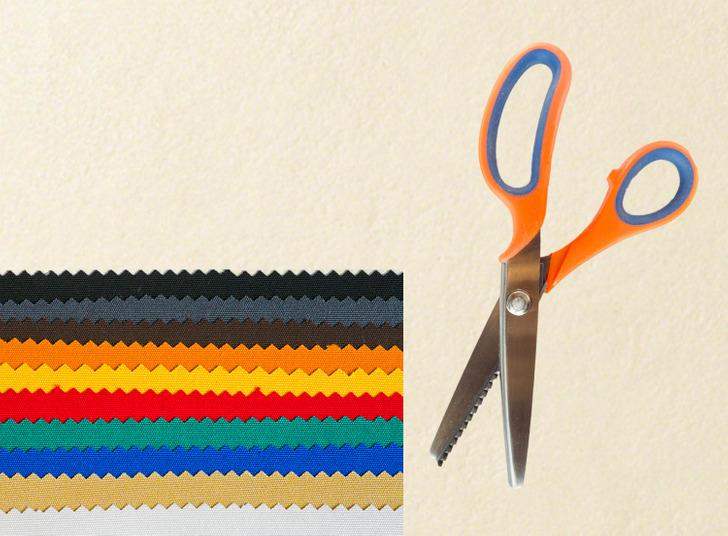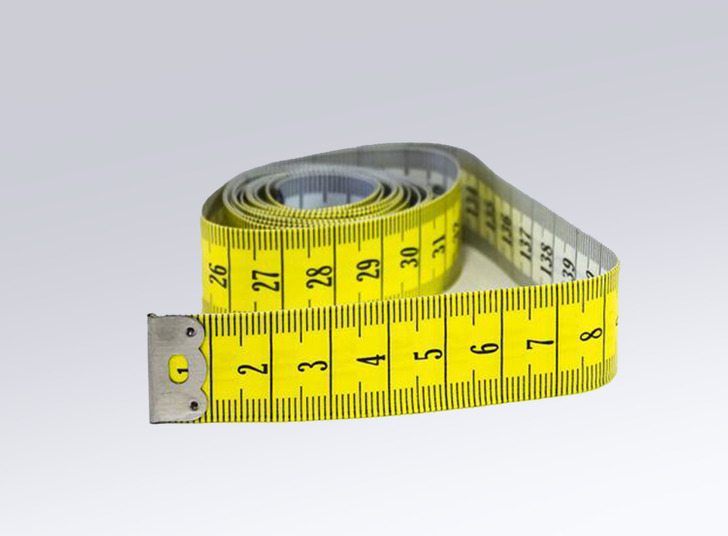16 Different Types of Sewing Tools That All Beginners Need
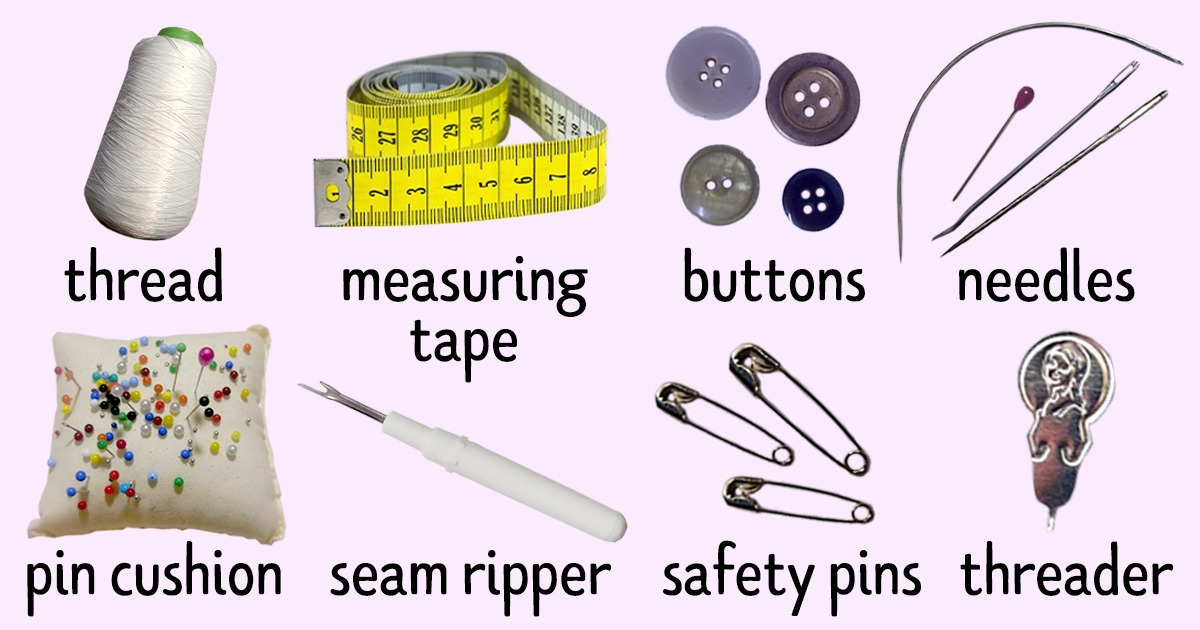
Sewing is a really cool and interesting hobby. It allows you to express your creativity in ways you didn’t know existed and helps you to save money when repairing damaged garments. Every sewing kit comes with basic stuff that we need in order to do the job.
5-Minute Crafts has prepared a simple guide that will help you learn the essential tools that every sewing kit should contain.
1. Needle
The sewing needle is a tool that has a pointed tip at one end and a hole to hold the thread at the other. It is used for hand-sewing and they come up with different sizes and shapes, designed for their intended use. The most common mistake beginners make is using the wrong needle, and many of them experienced huge improvements after learning what types are there. Some of the most used out there are:
- Sharp needles, as the name suggests, come with a sharp point, around the eye, and are a medium length. They are used for general hand sewing.
- Darning needles are designed with a blunt tip and a large eye. They look like tapestry needles but are longer and are used for mending with yarn or cotton.
- Upholstery needles are heavy needles that may be straight or curved. They are used for sewing heavy fabrics. The curve is practical for furniture where a straight needle can’t do the job.
2. Thread
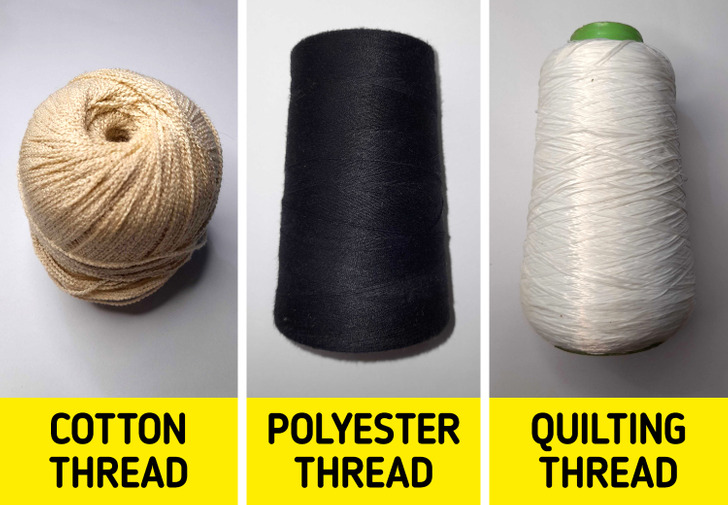
Thread is a type of yarn that is used for sewing. It can be made of many different materials including cotton, wool, linen, nylon, and silk. There are different types of thread, all with a unique function like:
- Cotton thread has a general function and it doesn’t stretch.
- Polyester thread is used to provide strength without sheen and it is less likely to break than the cotton thread.
- Quilting thread is designed for hand-sewing and used to create a quilt.
Note: There are more types of threads that are not included in this article.
3. Needle threader
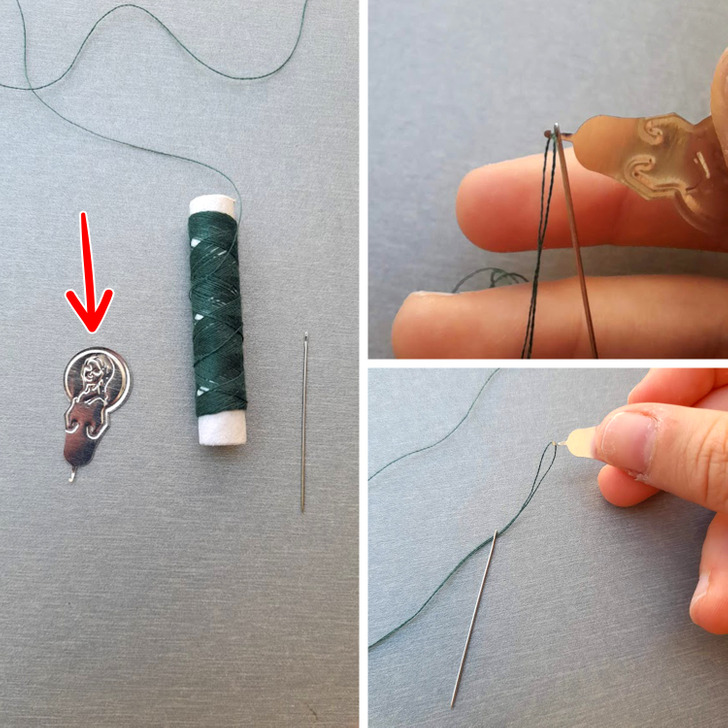
A needle threader is a tool that helps you to pull the thread through the hole of a needle. The user passes the wire loop through the needle hole, the string through the wire loop, and pulls the loop back through the needle by the handle, which pulls the thread through.
4. Pins and pin cushions
Pins are used for fastening materials together and pinning patterns to the fabric. The pincushion is a small stuffed cushion that is used to store pins and needles. They are pinned to the cushion.
5. Safety pins
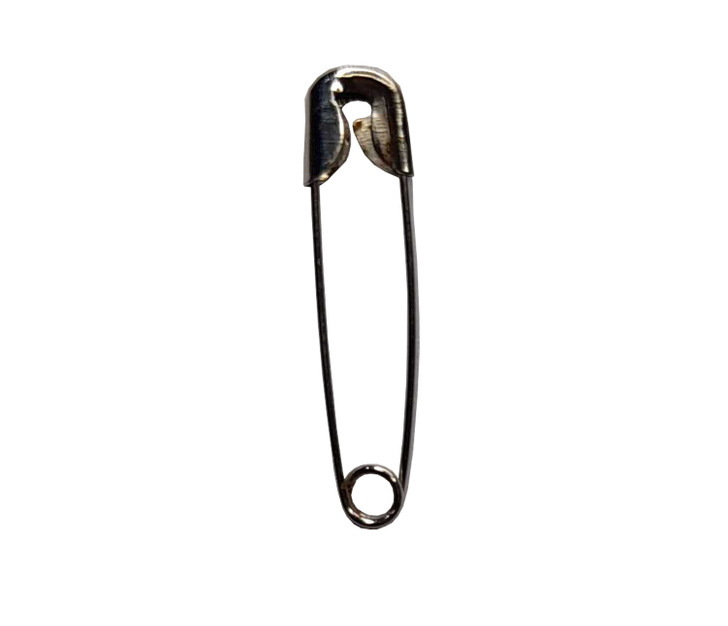
Safety pins have the same usage as regular pins, but they are designed to protect the user from the sharp point of the pins.
6. Seam ripper
A seam ripper is a tool that is used for cutting and removing stitches from clothing. It’s easy to handle — simply insert the sharp point of the tool underneath the thread and cut it.
7. Sewing scissors
Dressmaker’s shears have longer blades which are used to cut larger fabric. These blades can cut at an angle easier than regular scissors. One of the blades has pointed ends for snipping and the other one has rounded ends that are meant to prevent snagging.
8. Pinking shears
Pinking shears are made in a saw-toothed shape and they cut a zigzag pattern instead of a straight edge. These shears should not be used for paper decoration because paper damages their edges.
9. Thimble
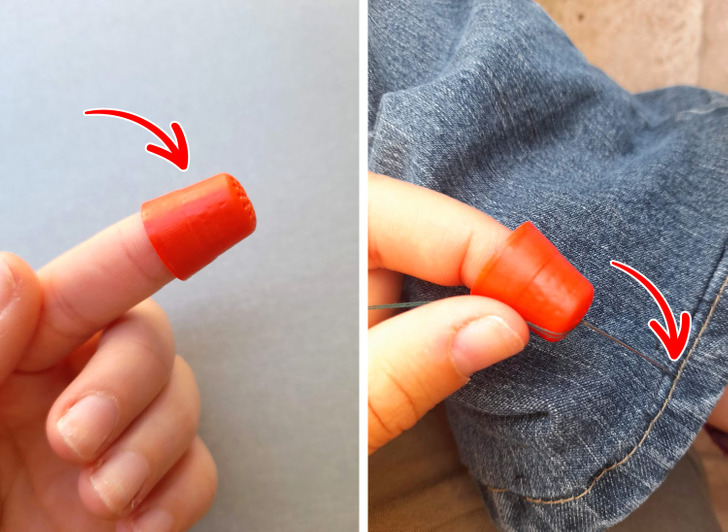
10. Sewing tape measures
A sewing tape measure is a flexible ruler that is used to measure the waistline. They are made of fiberglass, which does not tear or stretch easily.
11. Marking chalk
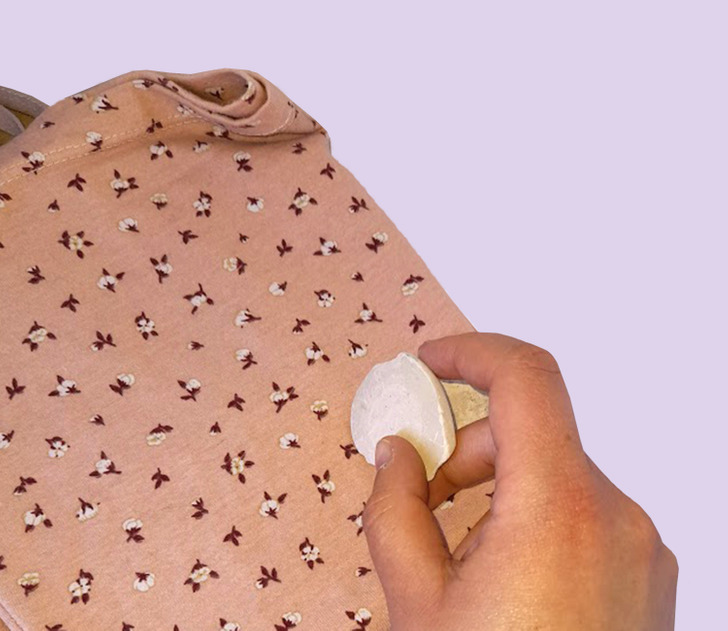
Tailor’s chalk is hard chalk that is used to mark the clothes. It is an essential tool that marks the dressmaking pattern onto the fabric.
12. Fabric rotary cutter
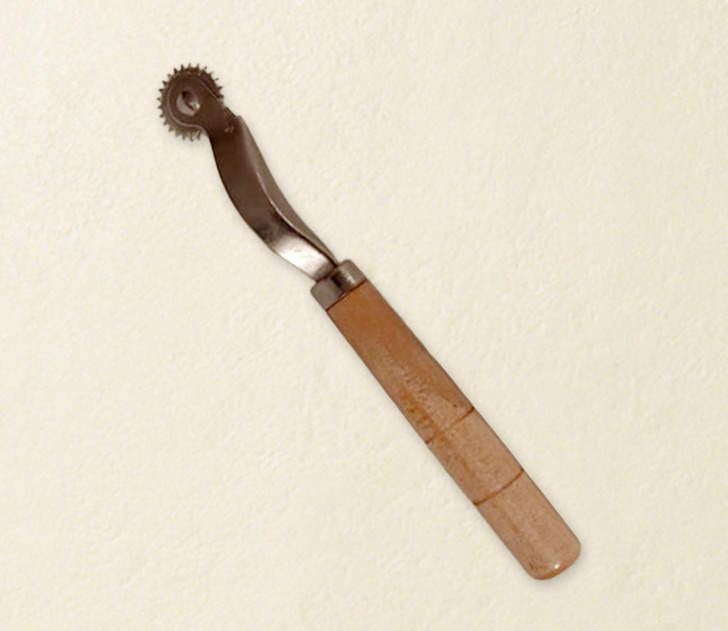
A rotary cutter is a tool to cut fabric. It’s mostly used to cut several layers of different fabric which make the process easier than with regular scissors. It’s not preferable to use a fabric rotary blade on paper.
13. Rotary cutting mat
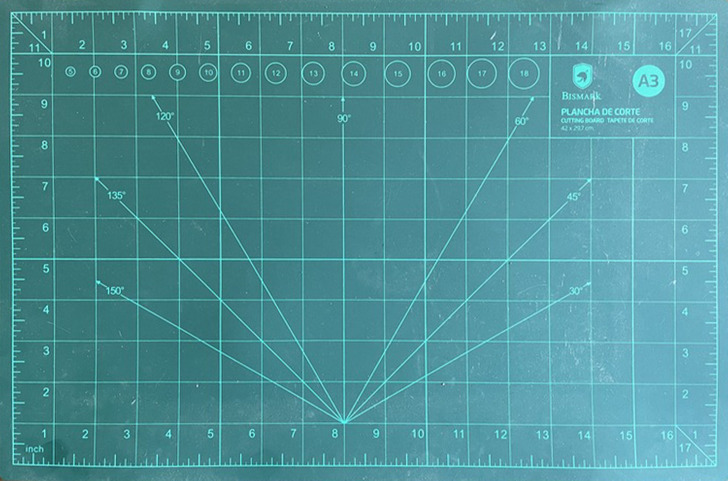
Rotary cutting mats are available in a variety of sizes. They are self-healing and the rotary cutters don’t cause damage to them.
14. Rotary rulers
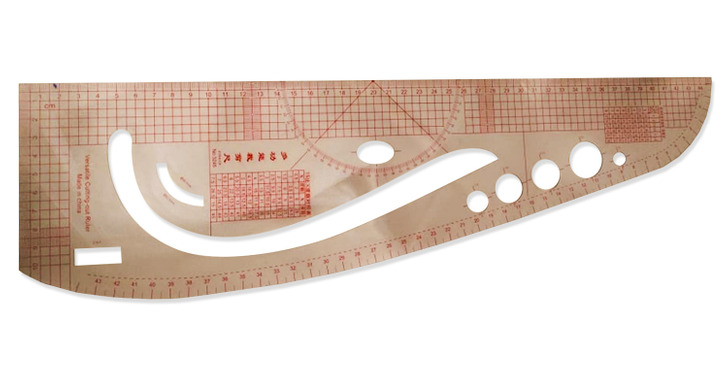
Rotary rulers feature 1″ to 1/8″ markings and various angle markings. They are transparent and used to make very precise measurements on the fabric.
15. Buttons
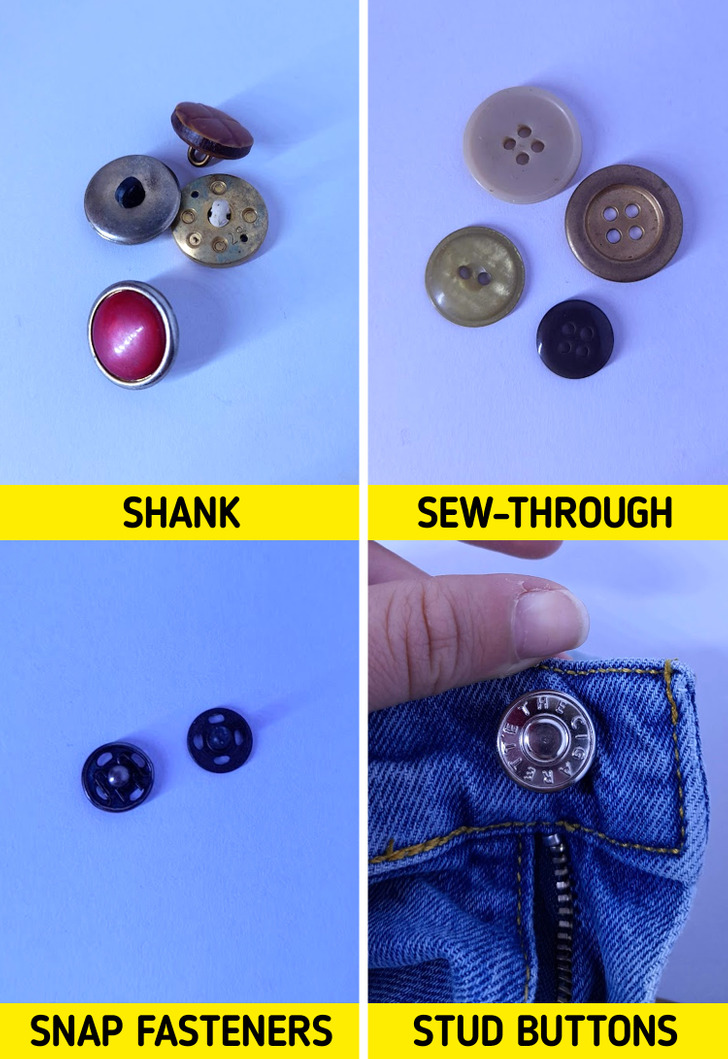
A button is used to connect 2 pieces of fabric material together. Buttons are commonly made out of plastic, metal, wood, or shell. They can differ from each other and are grouped as follows:
- Shank buttons have a hollow protrusion on the back.
- Sew-through buttons have holes and can be attached to a piece of fabric by putting the thread inside them.
- Snap fasteners are round discs, made out of metal and are pinched through the fabric.
- Stud buttons look like a button connected to a second button with a narrow metal or plastic bar.
16. Sewing machine
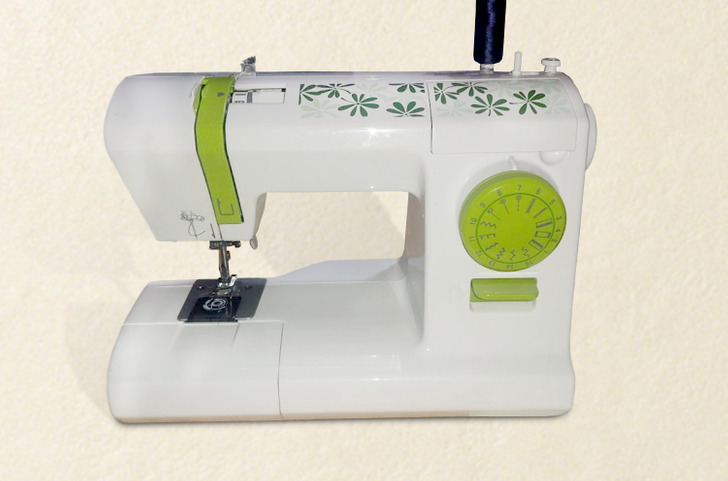
A sewing machine is a tool that is used to sew together fabric and thread using different thread patterns. It helps you repair clothes faster than hand-sewing. There are many of them and each one can do a particular task like embroidery machines, sergers, or home sewing machines.
Note: If you want to learn more about machine sewing, we have a guide that will help you.
What is your must-have tool for sewing?
